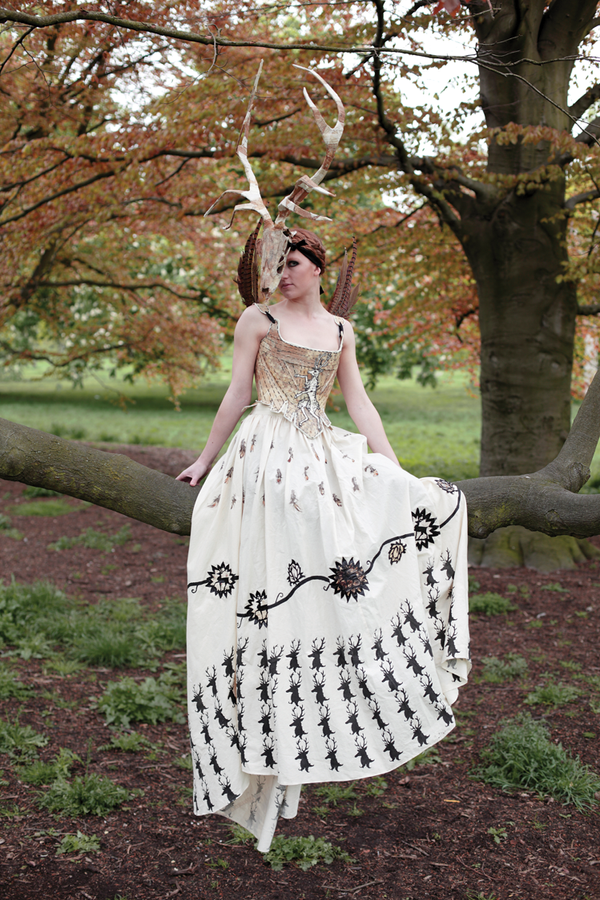A dream of liquid light
By Cristina Ferraz Rigo
“To them, I said, the truth would be literally nothing but the shadows of the images.” Socrates dialogue with Glauco, Plato, The Republic
The allegory of the cavern is one of the most inspiring readings to get acquainted with design semiotics. In this beautiful metaphor, Socrates discusses with his disciple Glauco the fundamentals of the perception of reality and introduces to him the concepts of archetypes. In the dialogue, Socrates describes human’s knowledge of the world as the perception of shadows that a group of humans would see projected onto a wall. Those humans, locked inside a cavern, have the shadows as their only information about the inside world, and as shadows pass by, they began to ascribe forms to them. Those forms represent the knowledge of the material world, and are abstract representations of meanings.
With this metaphor, Plato introduced his Theory of Form. In his mind, all material in the universe has its original “mould”, which determines its existence, shape and behaviour. As humans, our perception of this is like the shadows on the wall: what we perceive is an imperfect, yet recognizable, version of the original mould. When we look at a dog, we know it is a dog because it has some distinct traits: it has four legs, a determined size range, a tail, a head. Yet, we are still able to recognize a dog even when it has only three legs. Even though some of the “parts” of the dog’s mould are not present, our perception allows for a range of variations of those parts, and their sum is our idea of a dog.
In design semiotics, there is a word for that original mould: archetype. Objects, as any other material substance, have an archetype, an abstract essence that allows the human mind to recognize its meaning, its function. A chair has its chair archetype: four legs, a seat, a backrest. A table has four legs and a tabletop. Most of the work done on design is based on exploring, refining and elaborating those object archetypes.
As an immaterial substance, though, the archetype of light borrowed other embodiments over time in order to populate the human imagery. First, light meant a fireplace, the sun. Then it became candles, luminaries, gas lighting. Electric lighting inventions in the 20th century gave us our most recent archetype: the bulb. Nowadays, there are two main archetypes that come to contemporary minds: the bulb, and the lamp or luminary, with a base, a wire, a light source and perhaps a shade.
Light, however, is broader than those archetypes. Its phenomenon of has been dominated in the past century by thermal processes. From the sun and the stars to incandescent and halogen lamps, not forgetting flames; these objects are at a given temperature and emit blackbody radiation, thus also light. However, there are other ways to eliminate the darkness. Luminescent sources rely on a different principle: cold body radiation. The world is populated with such examples, especially within the animal world. Recent developments in lighting founded also on cold body radiation, such as LED’s, are based on other principles further from the popular imagery of flames, bulbs or luminaries.
New technologies in illumination are pulled by the need to find a more efficient light source than thermal, since the latter transforms a high percentage of the energy input into heat that is dissipated into the atmosphere. LED’s and OLED sources are finding their way into their industry R&D departments as alternatives for domestic and professional lighting. However, luminescent sources, such as phosphorescence, electroluminescence and fluorescence, are being relegated to minor lighting functions because of their poor light-ouput performance as well as their dependence on another light source.
But as always happens with new inventions, the discovery and exploitation of a technology has a learning curve; it takes a long time for novel technologies to inform a new generation of archetypes. In the same way the first cars resembled horse carriages, and the first plastic products copied shapes coming from existent metalwork techniques, new lighting technologies have yet to revolutionize illumination. The archetype of the bulb, of the luminary, remains intact in our minds.
There is one luminescent technology, though, which has great potential to radically change this archetype: chemoluminescence. Chemoluminescence is the emission of light as the result of a chemical reaction. In said chemical reaction, two compounds, or reactants, break down when they come into contact with each other, and the resulting molecules rearrange to form different products. When that happens, energy is released in the shape of light. Unlike any other luminescence technology, it does not require the presence of an external light source, its brightness is significantly higher than standard, and can be regulated by accelerating the chemical reaction; commonly, heating up the mixture heightens up the light output.
Almost all of us have experienced this phenomenon. Who has not broken one of those glowsticks and observed, amazed, the bright light arising from it? This happens because the plastic tube is filled with one of the reactants (a hydrogen peroxide solution) and contains a fragile crystal flask that in turn, the other reactant (a fluorescent dye and a phenyl oxalate ester). When the stick is bent, the crystal flask breaks, allowing the two reactants to mix and generate the luminescent reaction.
Chemoluminescence has great prominence too in criminology techniques; if blood is present, a chemical, Luminol, will reacts in an analog way and generate light, speaking the truth. Those lucky ones who have had the chance to see the beautiful sight of dancing fireflies at night have witnessed the biological version of chemoluminescence, bioluminescence.
As illustrated by these examples, chemoluminescence takes the shape of a liquid, since both reactants are often in that state. When observing the raw reaction at a laboratory and not inside a firefly or a glowstick, what the observer will appreciate is, plain and simple, liquid light. For my graduating project, (De)light, at the Royal College of Art I explored the huge potential of liquid light and its meaning. What I researched and explicated with my project is that liquid light is a beautiful, revolutionary, change of light archetype. It represents a step towards what could become a significant change in the conception of domestic lighting.
The poetic and practical potential of having illumination without the need for a solid source is hugely appealing. Practically, liquid light frees light from the necessity of being tied up to the electric grid. Light could be brought off-grid to those places without a wiring infrastructure. No electrical input would be required to make it work, reducing the cost and environmental impact of lighting. Poetically, it could mean rivers flowing along the streets to form urban lighting. It could mean buildings in which light comes from cascades. It could mean pouring, containing, reshaping light, as you would do with any other liquid. By freeing it from its physical container – the bulb –, light returns to its primary significance, that of an element which appears magical, intangible and liberated. Liquid light enriches the experience of luminescence, allowing the user to enjoy it directly and allowing for new lighting scenarios to populate our imagery. New archetypes, new forms, would liberate us from the shadows projected on the cavern; it would be a step ahead in the semiotics of light, thus leading a new perceptual revolution.
Of course, there are currently technological impediments to the use of chemoluminescence as a professional light source. Like any other chemical reaction, it ends when the reactants are used up. In its current state, the chemical compounds are not totally safe for common use. Moreover the emanating light is often dull and unnatural. The question here though is whether all the technical limitations are there because chemoluminescence has only been developed to suit non-common uses. If the potential value of this technology strikes the R&D departments of companies, development efforts will be aimed at advancing this light source, and researching into creating compounds that answer those three limitations from a users point of view. Attention needs to be drawn not to improving existent archetypes, but to radically changing them.
You see things as they are and ask, “Why?” I dream things as they never were and ask, “Why not?” George Bernard Shaw







